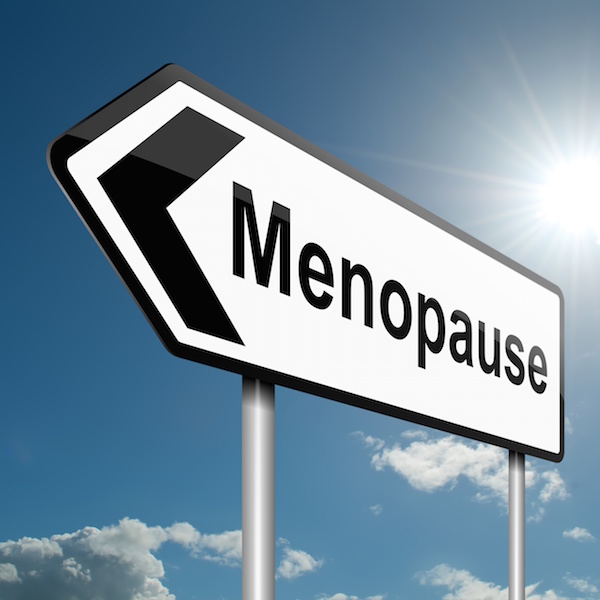
WEDNESDAY, April 14 (HealthDay News) — Men with prostate cancer are at greater risk for developing blood clots, especially if they’re undergoing hormone therapy, new research shows.
“Our findings indicate that it is important to consider thromboembolic [blood-clotting] side effects when treating patients with prostate cancer, especially those who require endocrine treatment,” said Mieke van Hemelrijck, lead author of a study in the April 13 online issue of The Lancet Oncology.
Still, the findings shouldn’t change the way men with this type of tumor are treated, just perhaps the way they are monitored, van Hemelrijck added.
“Endocrine treatment is currently the cornerstone of therapy for men with locally advanced or metastatic disease. It is thus not possible to change the treatment, but doctors can be more aware of the risk of thromboembolic diseases and check for certain symptoms when following up their patients,” said van Hemelrijck, who is a doctoral candidate at Kings College London.
And the findings do give an extra round of reassurance that this is indeed a risk, another expert noted.
“We have known for decades that cancer patients have a greater risk of blood clots, [but] it hasn’t been as well-defined in the prostate cancer population,” said Dr. Steven Clinton, director of prostate and genitourinary oncology at The Ohio State University Comprehensive Cancer Center – James Cancer Hospital and Solove Research Institute in Columbus. “For the first time, this puts some numbers on the risk in that population. It’s an enormous study, and it does give us some numbers to work with.”
According to background information in the study, cancer patients in general have about a fourfold greater risk of developing blood clots than people who are cancer-free.
Advancing age and other treatments for cancer, including prostatectomy or removal of the prostate gland, might further elevate that clotting risk.
These authors analyzed data from Sweden’s National Prostate Cancer Register, which includes 96 percent of all prostate cancer cases in that country. Men were divided into three groups: those receiving endocrine or hormone therapy to reduce levels of male hormones (including testosterone), those receiving surgery and/or radiation and those who were simply being watched.
Men taking hormone therapy had a 2.48 increased risk of developing a blood clot and almost double the chance of a pulmonary embolism (when the clot travels to the lung), compared to men without prostate cancer.
Those in the prostatectomy group had a 73 percent increased risk of blood clots and double the risk of a pulmonary embolism. Those in the “watch-and-wait group had a 27 percent increased risk of blood clots and a 57 percent increased risk of that clot moving to the lung.
None of the groups saw an increased risk of arterial embolism, when clots block an artery.
Those under the age of 65 and those with more advanced disease had even more risk. Given that men in the no-treatment-yet group also had more blood clots, much of the risk was likely from the cancer itself.
“This is probably telling us that something about the cancer and its biology may be impacting coagulation,” Clinton said.
However, the type of treatment obviously also plays a role.
Still, the absolute number of blood clots seen in the study was relatively low — about four per 1,000 person-years, up from 2.
“One should be aware of [the increased risk] and make sure that that the patient is being monitoring for symptoms of blood clots but you’re not going to go so far as to recommend that we give [blood thinners] to everybody to prevent it,” Clinton said.
More information
The National Cancer Institute has more on prostate cancer.

